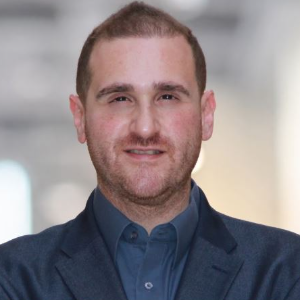Title : Emerging new van der waals semiconductor devices: Opportunities and challenges
Abstract:
Low dimensional materials have been under extensive investigations due to their exceptional electrical, mechanical, thermal, and optical properties at the nanoscale. Scientist and engineers have focused their attention on Graphene and related materials in the past few years. However, due its gapless feature, semiconductor devices based on graphene are facing major challenges. Nevertheless, new emerging layered 2D transition metal dichalcogenide (TMDCs) such as MoS2 can offer tunable band gaps by changing only the number of layers. Due to weak van der Waals force between their layers, TMDCs enable us to exfoliate atomically thin layers from their bulk forms, analogous to graphene. In my talk, I will discuss the properties and our recent results of these TMDCs, along with the opportunities offered and the challenges faced in creating van der Waals devices. First, I will show the environmental effects due to air exposure on 2D nanosheets using confocal Raman spectroscopy technique and show how degradation can be prevented for future device processing techniques. Also, I will show that these new emerging materials exhibit exceptional electronic properties. For instance, HfSe2, which has been widely known to as a n-type semiconductor, can be tuned to exhibit p-type behavior by applying different treatments. Moreover, I will show our recent tunable light emission black phosphorus nanosheet which exhibits a broadband light emission between 590nm-720nm at the nanoscale. This broadband emission can be tuned within 5nm spectral resolution. Finally, I will discuss the challenges related to these emerging 2D materials and how these they can play a role in various nanoelectronic and optoelectronic applications.
Audience take away:
• What are 2D materials and their related properties.
• New experimental results of 2D semiconductor devices showing tunability between n-type and p-type.
• New experimental results of Black phosphorus nanosheets, a new emerging material, that exhibit a broadband tunable light emission.
• Challenges facing 2D materials.



